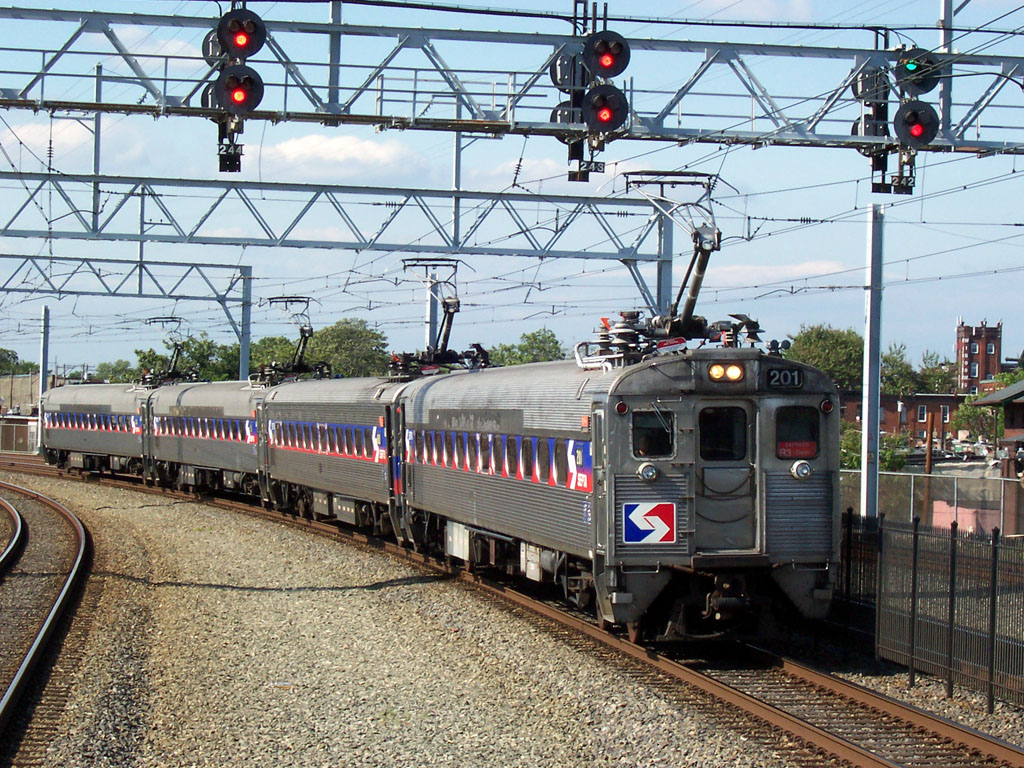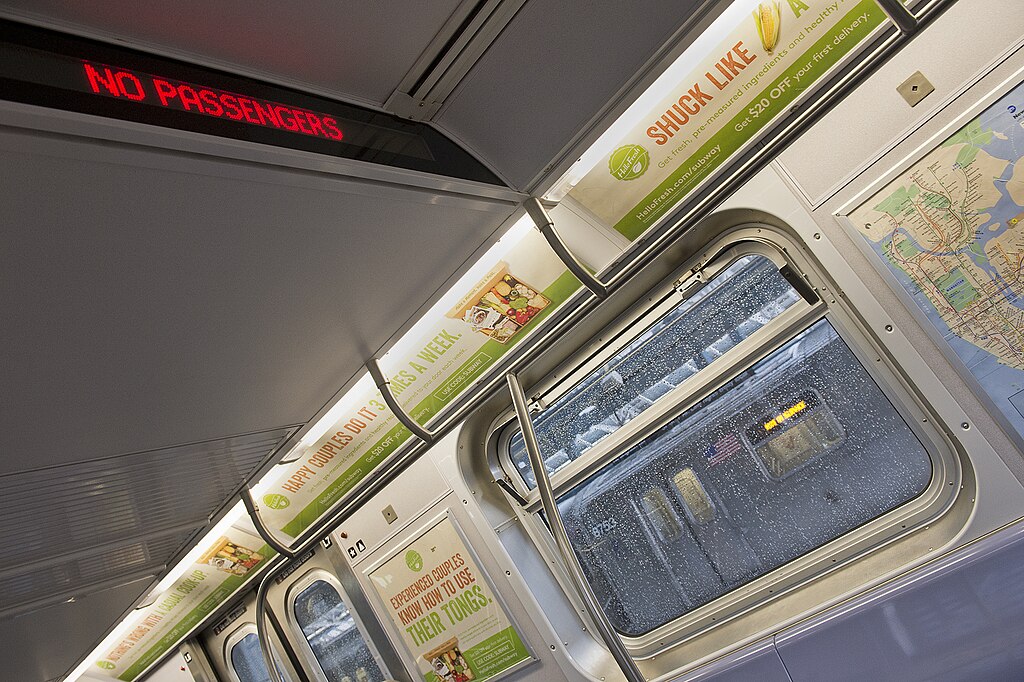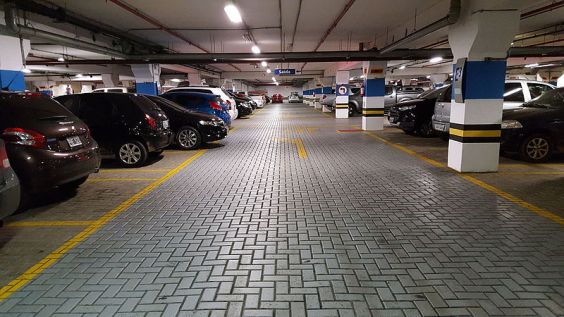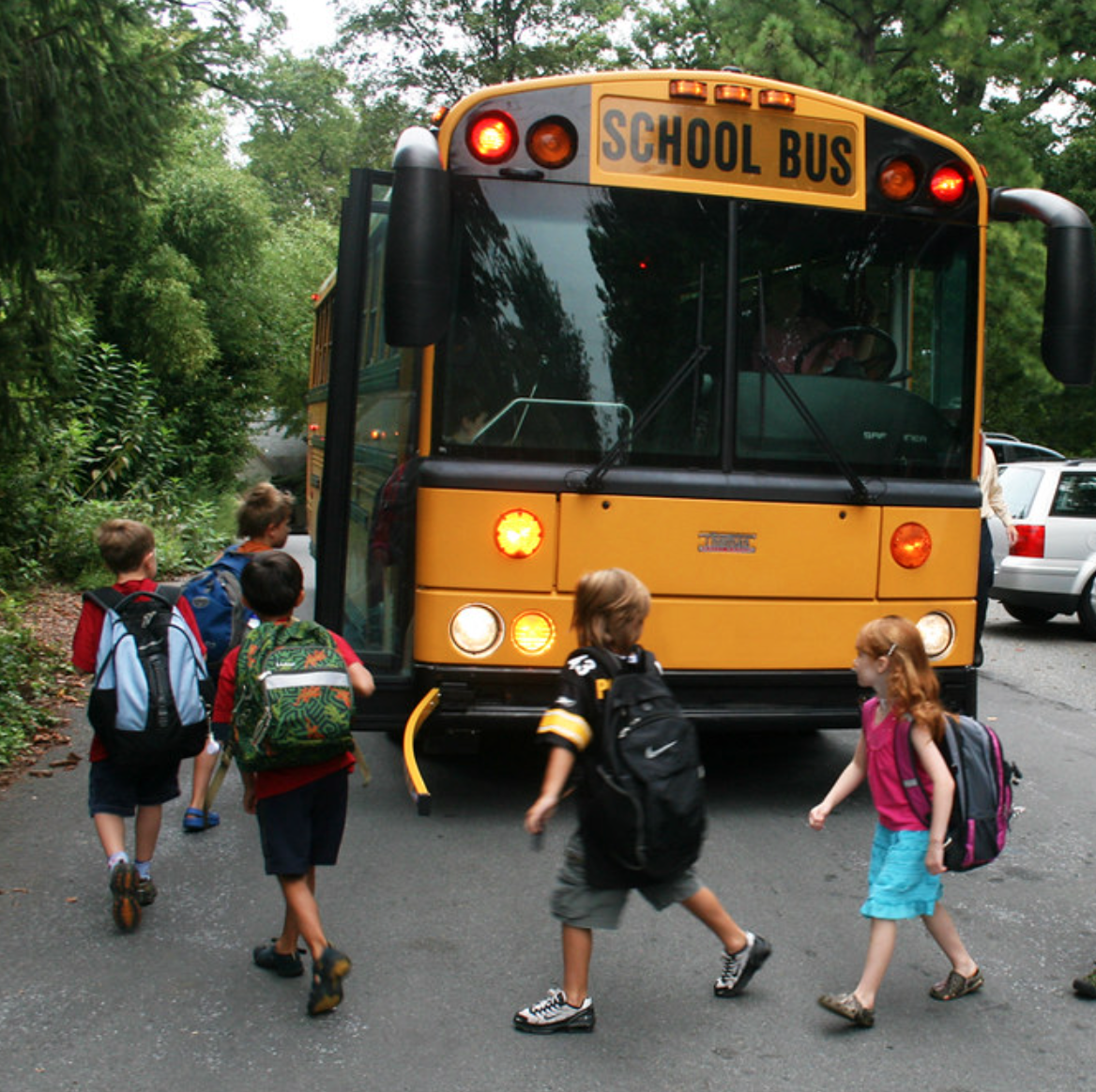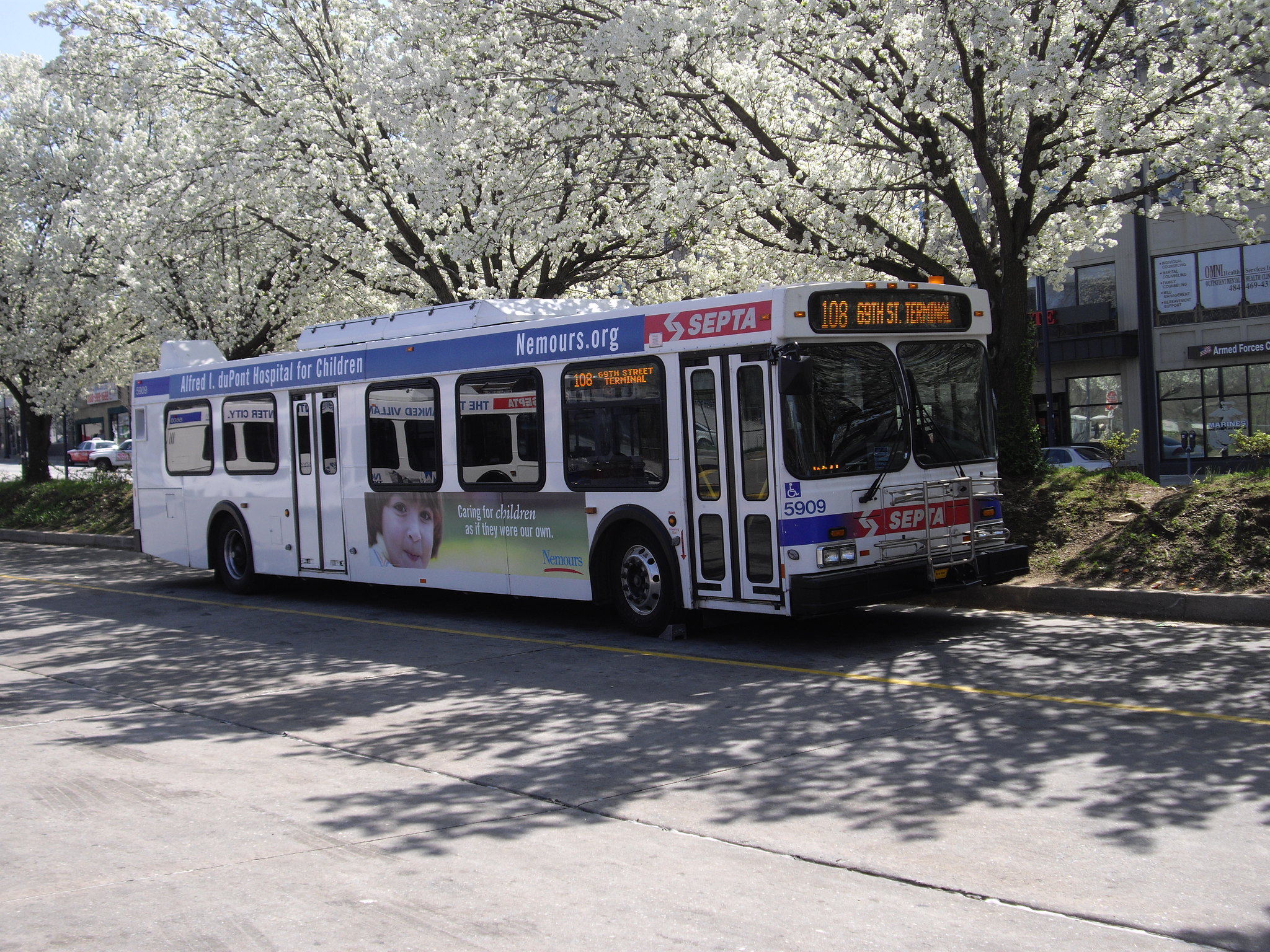
Women have been called an "indicator species" of a bike-friendly city because they tend to pedal more in places that are safe and practical for biking. But on those counts, the United States has some work to do.
In 2009, the last time good data was released, less than a quarter of bike trips in the U.S. -- 24 percent -- were made by women. Some cities are performing better than others: In Boston and Philadelphia, women make 32 percent of bike trips. In San Francisco, it's 33 percent.
Still, we've got a long way to go compared to places where the gender gap has been closed. In the Netherlands, women account for 55 percent of bike trips. In Germany, it's 49 percent. According to Bikes Belong, nearly all of the growth in cycling in the U.S. over the past two decades has come from men between the ages of 25 and 64.
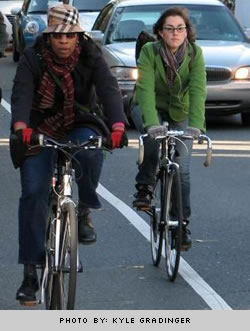
So what exactly is the problem? It seems to be combination of things, ranging from the quality of U.S. bike infrastructure to the availability of bike products designed for women's tastes. The League of American Bicyclists recently issued a report, Women on a Roll, which lays out five key factors that get more women riding.
"It seems like such a nebulous and complex issue," said Carolyn Szczepanski, director of the league's Women Bike program. "But there are certain things that when you look at the research, come up over and over again."
The number one factor is establishing better infrastructure -- "comfort," they call it. There's a lot of research that shows lack of adequate bike infrastructure is holding women back from bicycling. Cities that have made great strides in cycling infrastructure have seen the share of female cyclists rise. In Portland, for instance, it rose from 21 percent in 1992 to 31 percent in 2012.
"Comfort is one of the biggest drivers of whether women bike or not," said Szczepanski. "That has to do with creating an experience for getting more people on a bike regardless of gender."
Women tend to prefer bike lanes and protected bike lanes to a greater extent than men. In a 2009 Portland study, 94 percent of women said that separated bike lanes made their trip safer, compared to 64 percent of men.
Interestingly, the Bike League found that bike-share can help close the cycling gender gap. In North America, about 43 percent of bike-share users are female, a much more balanced ratio than the cycling population as a whole. Bike-share, Szczepanski said, seems to combine many of the qualities valued by women, including comfort and convenience.
The League cites evidence that bike repair education for women can also make an impact. Research shows that women are less confident repairing and maintaining bikes than men. In a national survey by the Association of Pedestrian and Bicycle Professionals in 2010, 20 percent of women reported they would bike more if repair classes were available to them.
The Bike League is calling for greater parity between the sexes in the bike world: from the composition of local planning agencies to the management of major bike industry companies to the staffs of bike advocacy organizations. Previous research has raised the question of whether the preponderance of men in top transportation engineering groups, like the American Association of State Highway and Transportation Officials has, in effect, further marginalized street designs preferred by women.
"The main discourse thus far has been that women are intimidated, women are worried about messing up their hair wearing helmets. We’re trying to reframe this in a positive context," said Szczepanski. "A lot of these things are solvable, if we address them in a nuanced and respectful way."
